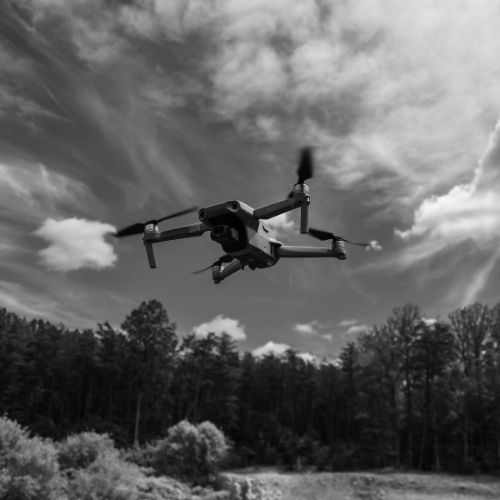Weather-related challenges significantly impact the economics of drone operations, influencing costs, market viability, and long-term adoption.
Increased Maintenance and Operational Costs
Extreme weather conditions—such as strong winds, high humidity, and sudden storms—accelerate wear on drone components, leading to frequent repairs or replacements. Waterproofing, heat-resistant materials, and advanced stabilization systems raise manufacturing costs and, consequently, market prices.
Unpredictable weather reduces the number of operational days available for drone services, affecting industries dependent on aerial surveying, deliveries, and inspections. In the Caribbean, where hurricanes and tropical storms are common, downtime during peak storm seasons results in financial losses.
With weather increasing the risk of crashes and damage, insurance costs for drone operators rise. Businesses relying on UAVs for critical operations must factor in higher premiums, affecting their financial sustainability.
The added expenses linked to weatherproofing, predictive software, and adaptive flight planning deter smaller enterprises from investing in drones. Industries such as agriculture and infrastructure—key sectors in the Caribbean—may hesitate to adopt UAV technology if the economic risks outweigh the benefits.
Despite challenges, adverse weather conditions also drive innovation in drone design and AI-driven flight optimization. Companies investing in rugged drones capable of withstanding extreme conditions may tap into lucrative markets, creating economic growth through technological advancements.
Addressing these economic hurdles requires strategic investment, regulatory support, and advancements in resilient UAV technologies tailored to the Caribbean climate.


